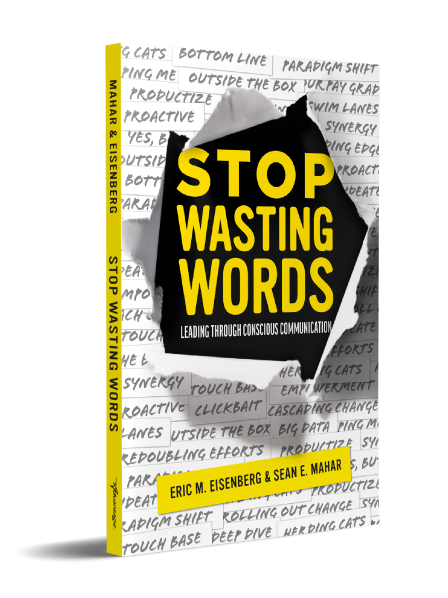If you’re like most people, you speak thousands of words every day. However, in doing so, you don’t necessarily accomplish what you intend to. Most of the time, we know our intention and what we want to say. When the desired goal isn’t achieved, you might assume the other person just didn’t understand you. What if you could improve outcomes through improved communication? In this article, we’ll discuss the principles and power of conscious communication.
Automatic Communication
You’ve had your “eureka moment” and have come up with the best idea ever. You put your idea out there, so obviously your audience will automatically get it. The most important thing is that you had the idea and thought of a compelling way to describe it—so communicating it to others is a breeze, right? Not so fast!
Automatic communicators can become frustrated when they perceive they’ve been misunderstood. In extreme cases, they blame their audience—a family member, a nurse, a subordinate, or anyone they communicate with. They may never have had the opportunity to learn how to communicate more effectively or strategically, so they don’t realize others don’t always automatically grasp everything they say. However, they can choose to approach communication more consciously.
Conscious Communication
There is a better approach than automatic communication or just expressing yourself without thinking about it first. With conscious communication, you consider your audience first. You think about your desired outcome—for your audience and the goals you want to accomplish with your audience. After this step, you then consider how to construct your message, what might be the best medium, whether timing is appropriate, and what likely responses your audience may have that can provide you with evidence or clues that your message was received and understood as you intended.
Communicating strategically can be a powerful tool. Not only should you pause before you begin to consider the aspects just mentioned, you should also pause once you begin speaking. Even in the space of a single breath, you can learn through facial expression and/or body language whether your audience is truly grasping what you have to say. If you see confused faces or crossed arms, pause—and let them ask questions. Begin speaking again only once you feel confident you and your audience are on the same page.
Keep in mind you can elevate your communication effectiveness by making these choices every time you communicate, whether it’s in your personal or professional life. Using this approach, you are speaking/expressing yourself in order to accomplish something, not just venting or throwing words at people. Take the next step and envision what you want to accomplish when you choose your words. The result you want will help you determine the content, delivery method, timing, and follow-up needed to achieve the goal.
Conclusion
There are some industries pioneering conscious communication. They educate practitioners on how to recognize the relationship between talk and action, and how to leverage that information into tangible, observable outcomes. For example, what if a surgeon was handed the wrong instrument? Improper communication in the operating room could have serious or even disastrous results. The same is true for an ambulance directed to the wrong address.
Take some time to practice conscious communication. Pause while you speak, ensure your audience grasps your message, and allow/invite questions. Making communication a two-way street instead of just throwing words at someone is sure to benefit you and your audience alike.

